I have never been one for any supplements using the words “breakthrough” or “miracle” however when I went searching the web in September, to find a product I could really get on board with – being an herbalist and leaning towards natural supplements – I was quite intrigued with this one.
I went to the website – Lifevantage.com – and found that I can only purchase if I am introduced by a rep. However, I checked out the ingredients and saw that they are all natural, all herbal and they are a patented formula that is capable of reaching the mitochondria via the NRF2 pathways.
You might not know what that means, but I did. Nutrition reaching the cellular level has been the goal of almost all supplement manufacturers.
Read about NRF2 here.
I was getting excited about what this could mean for me – especially since I had been diagnosed with metabolic syndrome – a complicated disorder with chronic inflammation and oxidative stress in my body – my CRP (C-Reactive Protein) levels were at 11.2 (should be at .05 for function) – and my energy was limited to 10 minutes per half hour.
I needed to know more so I called the company to ask how I can be introduced to a rep, and talk to me more about this. A representative called me and I was quickly put in touch with a doctor. I asked him how this could help me have energy. He led me to several studies that had been done and were published on PubMed, on Oxidative Stress, as well as the youtube video above (and there are many other videos as well.)
More studies can be found on Pubmed. One such study may be found here but please feel free to look it up using key words such as Protandim and Oxidative stress.
I decided to try it. Within 1 week I began to get some energy back and today I am taking this product for over 3 months. I am not sleeping during the day and have been able to get back to work in the health food store (before this, I was not).
If you want to know more about Protandim, please send me a message. I’d love to share it with you. In the meantime take a look at this Product Information sheet. You will see its patent and the herbs used, which are formulated in a proper ratio to each other, that make it possible to reach the mitochondria and nourish the cells.
Darlene








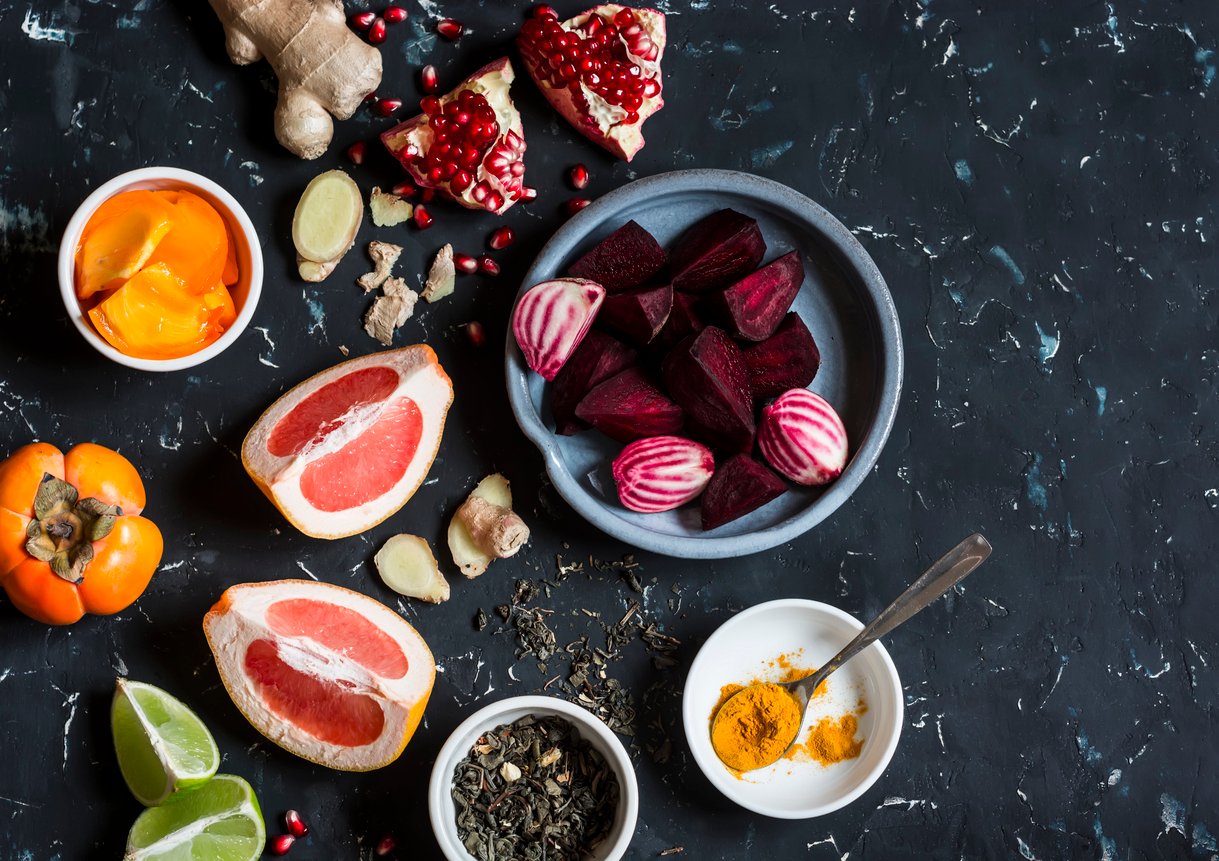
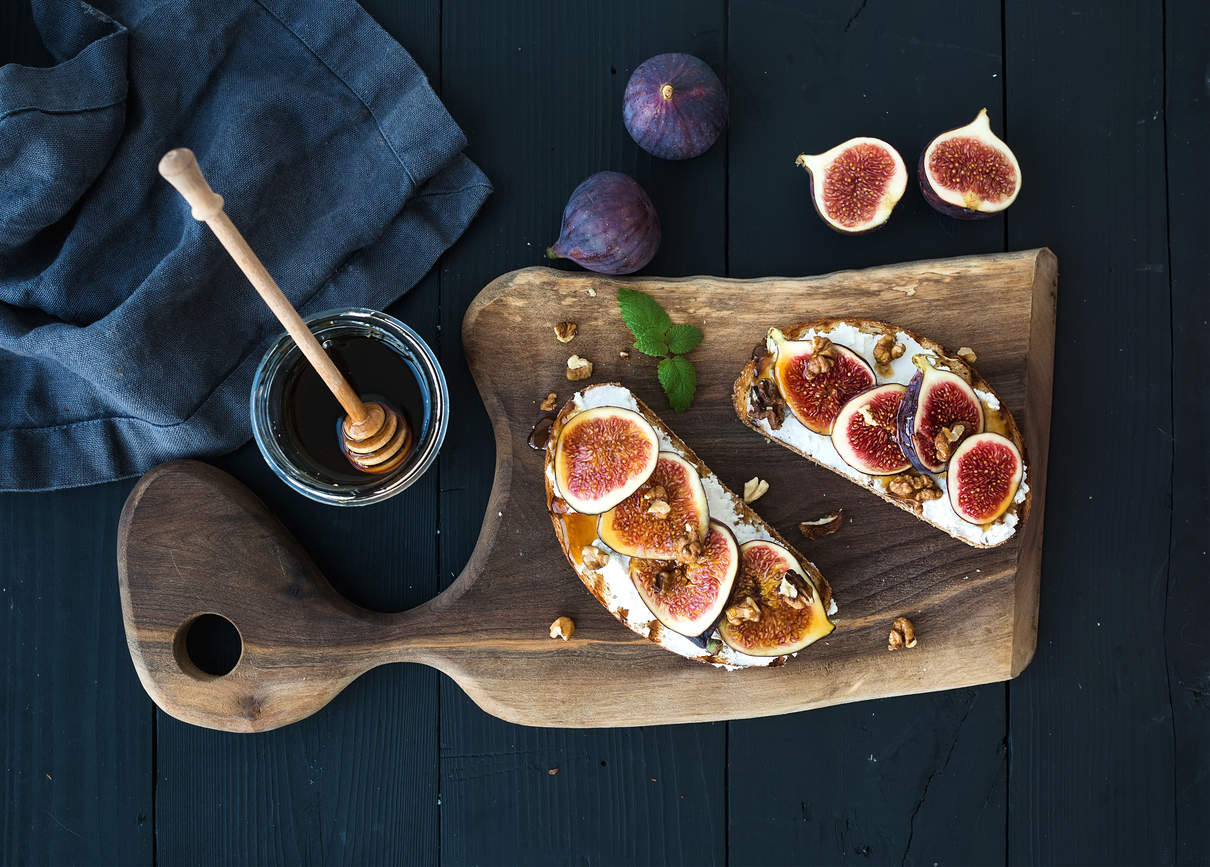
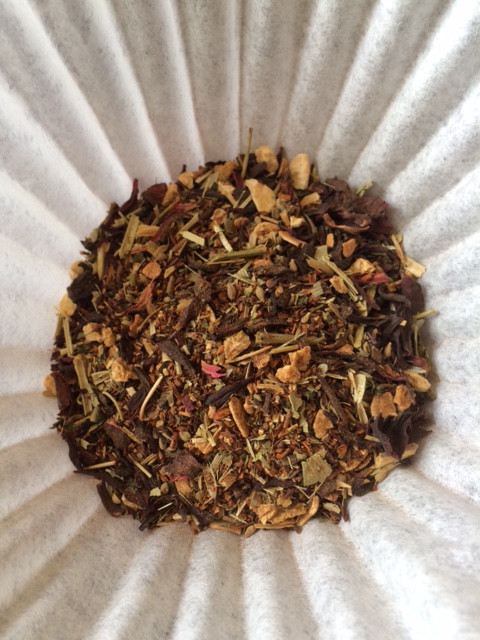

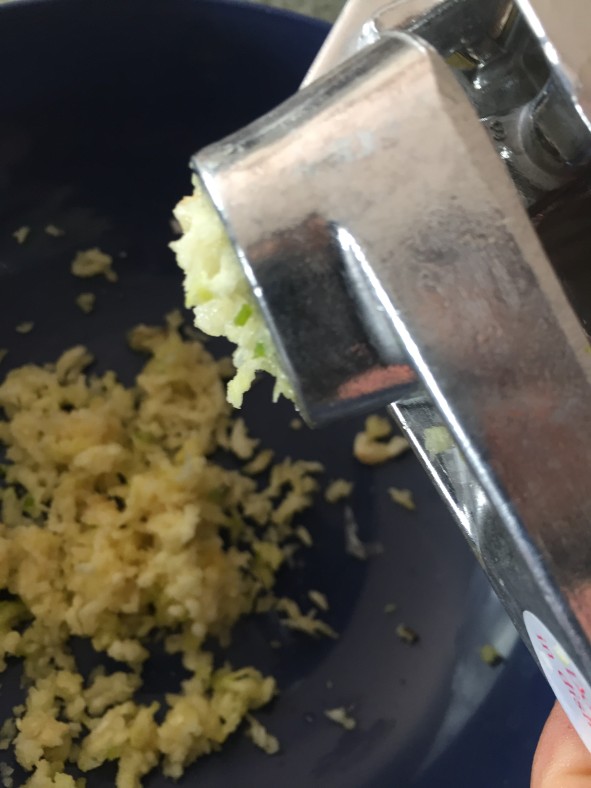





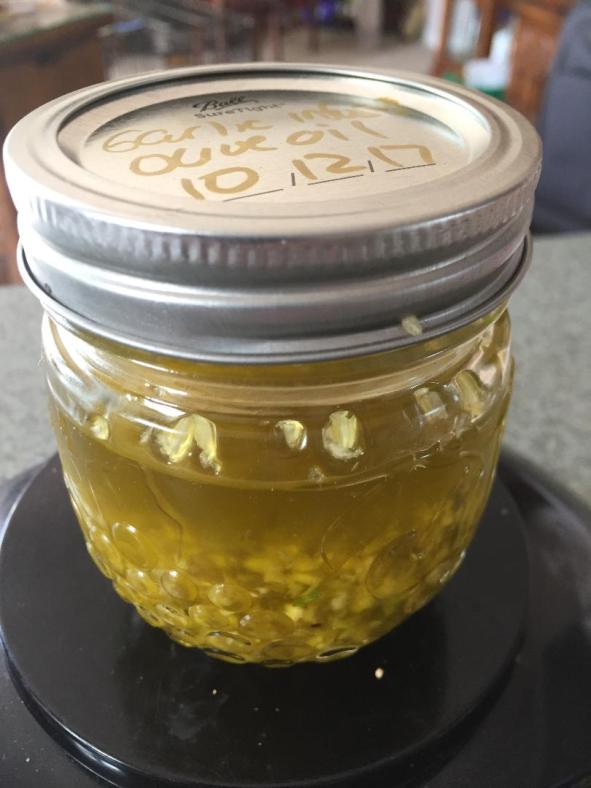


 I dropped a friend off at her house this afternoon and she asked if I could identify this one wildflower she had growing in her yard.
I dropped a friend off at her house this afternoon and she asked if I could identify this one wildflower she had growing in her yard.
You must be logged in to post a comment.